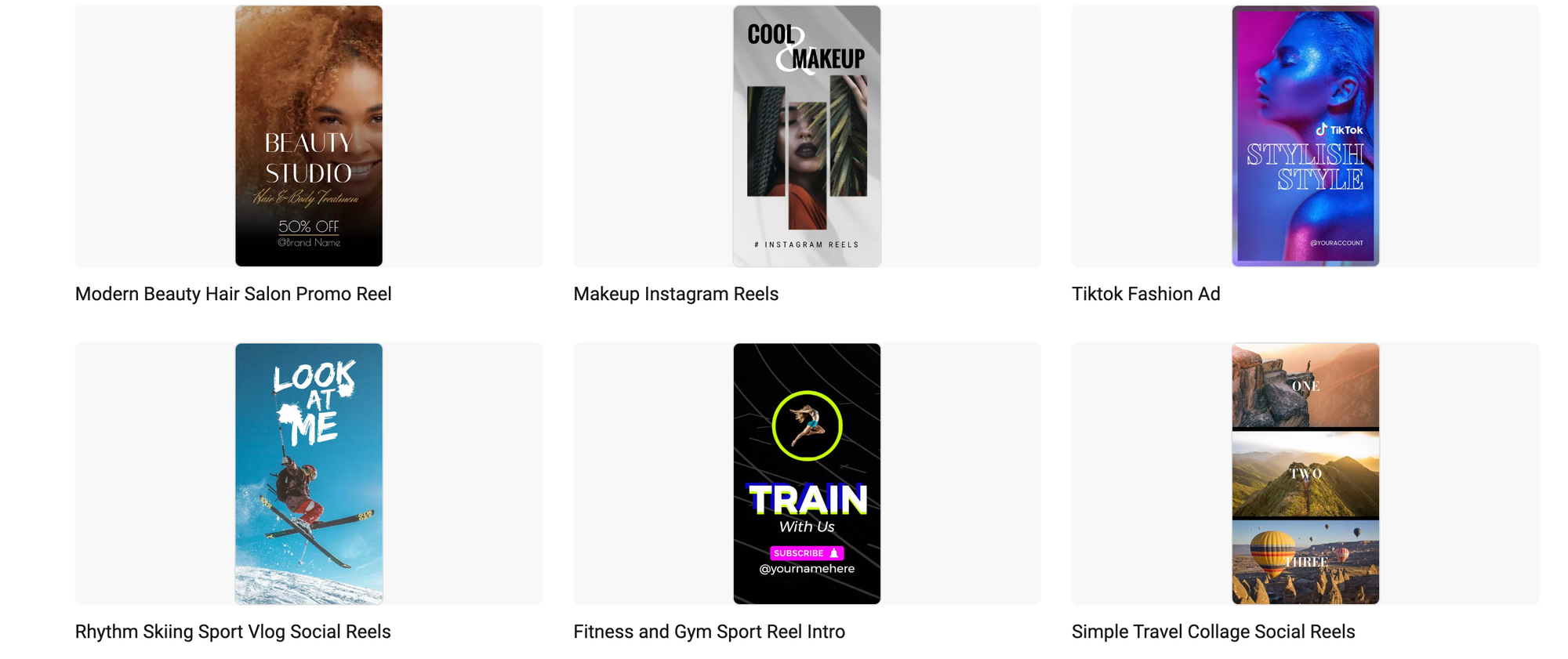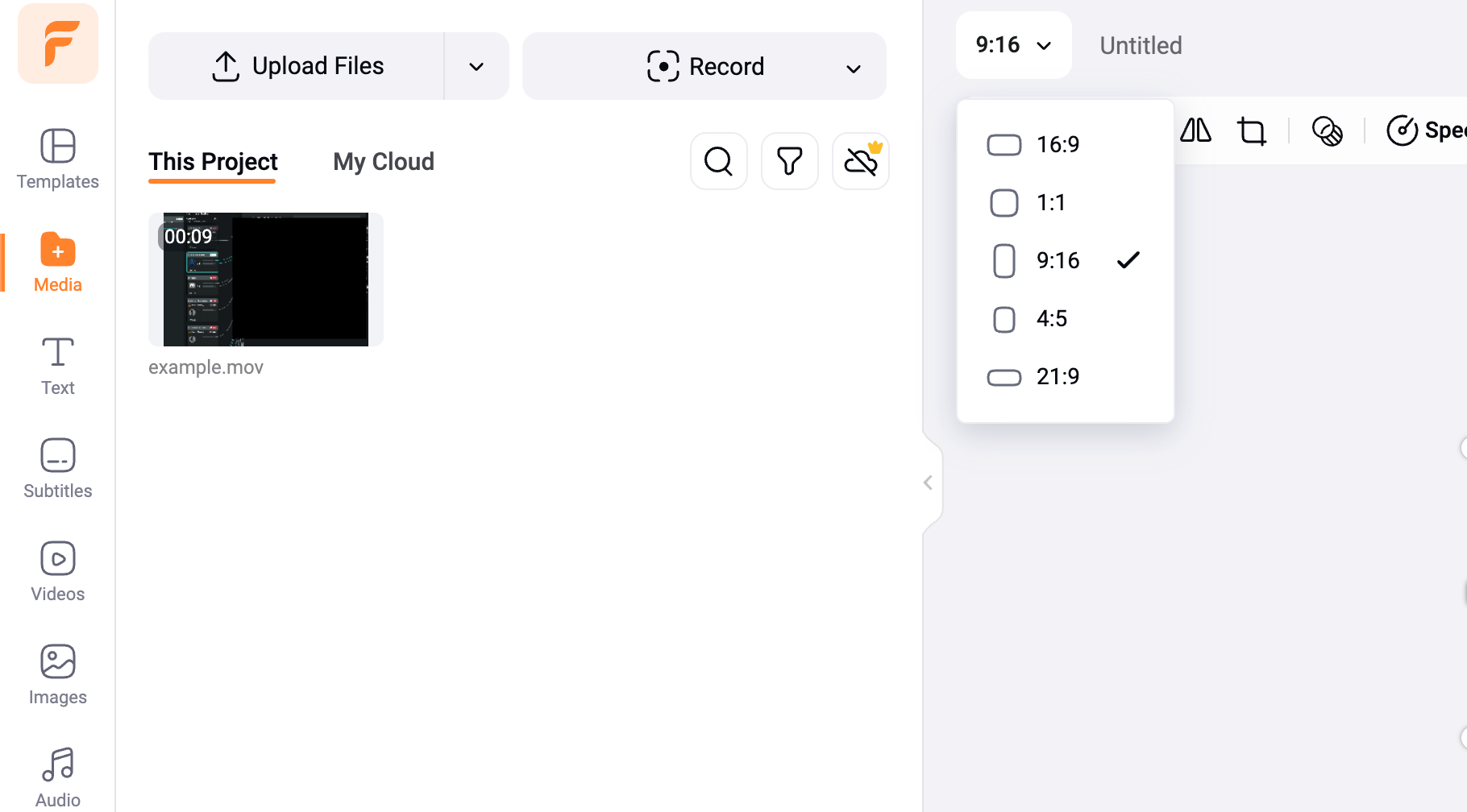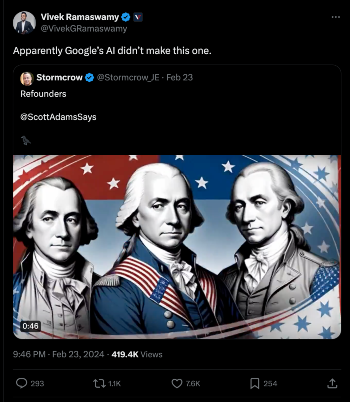Best AI TikTok Video Generator for Going Viral in 2025

The average TikTok content creator records video selfies and uses apps like CapCut or Klap to remove dead air, overlay subtitles, and apply transition effects. That’s how they’re achieving that familiar look we associate with the platform.
There's been more demand for an AI TikTok video generator in the past few years. From ChatGPT-style script generation to scene selection, voiceovers and editing, content creators are looking to make things easier for themselves.
That's why they're turning to advanced and innovative AI animation techniques with services like neural frames. In this article we’ll share resources to help you figure out which video app will be best for you.
Which AI TikTok Video Generator is the best?
You’ve probably seen viral tiktok videos that use talking head avatars instead of real human actors. It’s funny that these have become as popular as they have.
Turns out there's a lot of folks want to get their ideas out into the world, but don’t feel comfortable speaking in front of a camera. That's where AI comes in handy.
Text to speech lets anyone to come up with ideas turn them into complete pieces of content, with talking heads that narrate the video on your behalf.
It's a tie: FlexClip and Capcut for #1 AI TikTok video generator
FlexClip is one of the most popular AI tools for TikTok creators. It has a variety of templates designed specially for the platform. They understand the latest trends in social media and use animated fonts with stock video to help you match that look.

You don’t have to sign up to start a new project with one of those presets. Browse the template page here and select an option to open the video editor timeline.
Projects will automatically default to the 9:16 aspect ratio when you use the TikTok template. Upload your own video if you have something or plug into their AI powered features to generate something from scratch.

Paste in a link to an existing article from your site and Flexclip’s artificial intelligence will summarize it in a video. Bring that into your templated video project to combine the TikTok aesthetic with the content you’ve just created.
Overall, we found Flexclip to be a much more robust ai tiktok video generator. It offers the customization needed to create high quality videos, whereas Fliki is close to a quick-and-easy ideation tool. Both offer a big media library to pull from, so it comes down to how much control you need over the final product.
CapCut: Replace your video background with AI
FlexClip has at least one serious competitor for editing TikTok videos. As you may know, TikTok's parent company is ByteDance, and they are the same company that owns Capcut. For those not familiar, Capcut is a super easy-to-use mobile app that specializes in vertical reels.
The biggest differentiator between CapCut and FlexClip is the background removal feature. You can record a video absolutely anywhere and as long as the lighting is decent, it will remove your background and replace it with whatever you want. No more setting up clunky green screens. Just hit record and swap it out later.
Above is a 45 second video tutorial above showing you exactly how to remove backgrounds and add new ones in with Capcut. Here's a quick rundown:
- Create a new project in Capcut
- Click the add button to upload a video
- Select the video clip in your timeline
- In the toolbar, choose the cutout tool
- Hit remove background
- Return to the project timeline and hit add
- Upload your background video
- Select the original clip and click overlay in the toolbar below
- Drag the video overlay, so it's under your background video on the timeline
That's all there is to it. You can read Capcut's official tutorial here.
Video editing software tools will typically add watermarks if you’re on the free plan, so be prepared to subscribe in order to remove those.
Of course, the questions remains as to what your background video should be.
Best AI TikTok video generator for musicians
If you're a musician looking to spice up your TikTok, consider creating audio reactive animations for your songs. Neural frames can turn any idea into a music video and export it in a vertical reel format.
Have a look at the tutorial below to get a sense of how it works.
As the video explains, you can begin by choosing an image model as your video template. When you generate your initial keyframe, make sure it’s in the portrait format. Of course, you can keep it in landscape mode if you’re trying to create youtube videos or publish on other social media platforms.
Audio-reactivity is one of the most exciting features setting neural frames apart from other AI tools. You can upload any song and it creates animations that sync up with the music. Neural Frames will get you started with an amazing background video, and it could very well go viral on its own.
In February 2024, one user StormCrow used the app to create this AI animation of the founding US presidents and reached over a million users in 24 hours. It was re-tweeted by former presidential candidate Vivek Ramaswamy, where it got thousands of engagements.

When you're going for viral content, it's always a good idea to spend extra time in the video editor. Layer on some finishing touches, like sound effects and transitions that give it a more produced feeling.
Consider doing a little bit of hashtag research ahead of time and use them sparingly at the bottom of your video description for organic reach. A few high quality hashtags are better than lots of inactive ones.
As every TikTok video creator knows, virality requires a combination of great ideas and a dash of good luck. The more time and care you put into your content, the better it will be received by an audience.
Sign up at neuralframes.com today for free and start creating engaging animated backgrounds for your TikTok videos today!
ByteDance’s Latest Lip Sync Breakthrough: LatentSync
ByteDance, the tech innovator behind TikTok, has recently unveiled a cutting-edge lip sync model called LatentSync, and it’s poised to change the way creators produce talking-head content. Leveraging the power of Stable Diffusion, LatentSync dispenses with the usual intermediate motion representations and two-stage generation pipeline. Instead, it performs audio-conditioned latent diffusion directly, allowing the model to handle complex audio-visual correlations with remarkable precision. This novel approach means smoother mouth movements, better facial structure retention, and a new level of realism that could be a game-changer for AI-driven video content.
One key challenge with diffusion-based lip sync methods is maintaining consistent frame-by-frame movement, so ByteDance tackled the problem head-on with a technique they call Temporal REPresentation Alignment (TREPA). By extracting temporal representations from large-scale self-supervised video models, TREPA aligns the generated frames with ground truth data in a more cohesive way. In plain English, it helps each frame “talk” to the next, preventing distracting flickers or mouth mismatches between frames. Paired with the model’s advanced cross-attention layers, this method ensures tight lip sync accuracy without sacrificing the overall flow of the video.
Under the hood, LatentSync uses OpenAI’s Whisper to process audio, transforming the melspectrogram into audio embeddings. These embeddings guide the diffusion process within a U-Net architecture that directly refines partially masked frames, turning them into fully realized visuals through carefully orchestrated noise removal. This end-to-end workflow generates crisp, expressive talking heads that creators can use to voice any message—whether it’s a scripted commercial, a how-to guide, or a satirical political sketch.
While some early adopters have reported that the model’s pause detection isn’t perfect just yet, LatentSync’s overall impact on lip synchronization is undeniable. The ability to maintain strong facial structure and lock onto precise mouth movements promises to raise the bar for AI-driven social media content. As ByteDance continues to refine this technology, it could soon become a must-have tool for TikTok creators seeking ultra-engaging videos that seamlessly blend automation with human-like expression.
The impressive lipsync workflow with LatentSync.
We hope this summary gave you some insights about the tools TikTok influencers are using to improve their engagement. Let us know if you have any questions or want other topics covered here. Thanks!